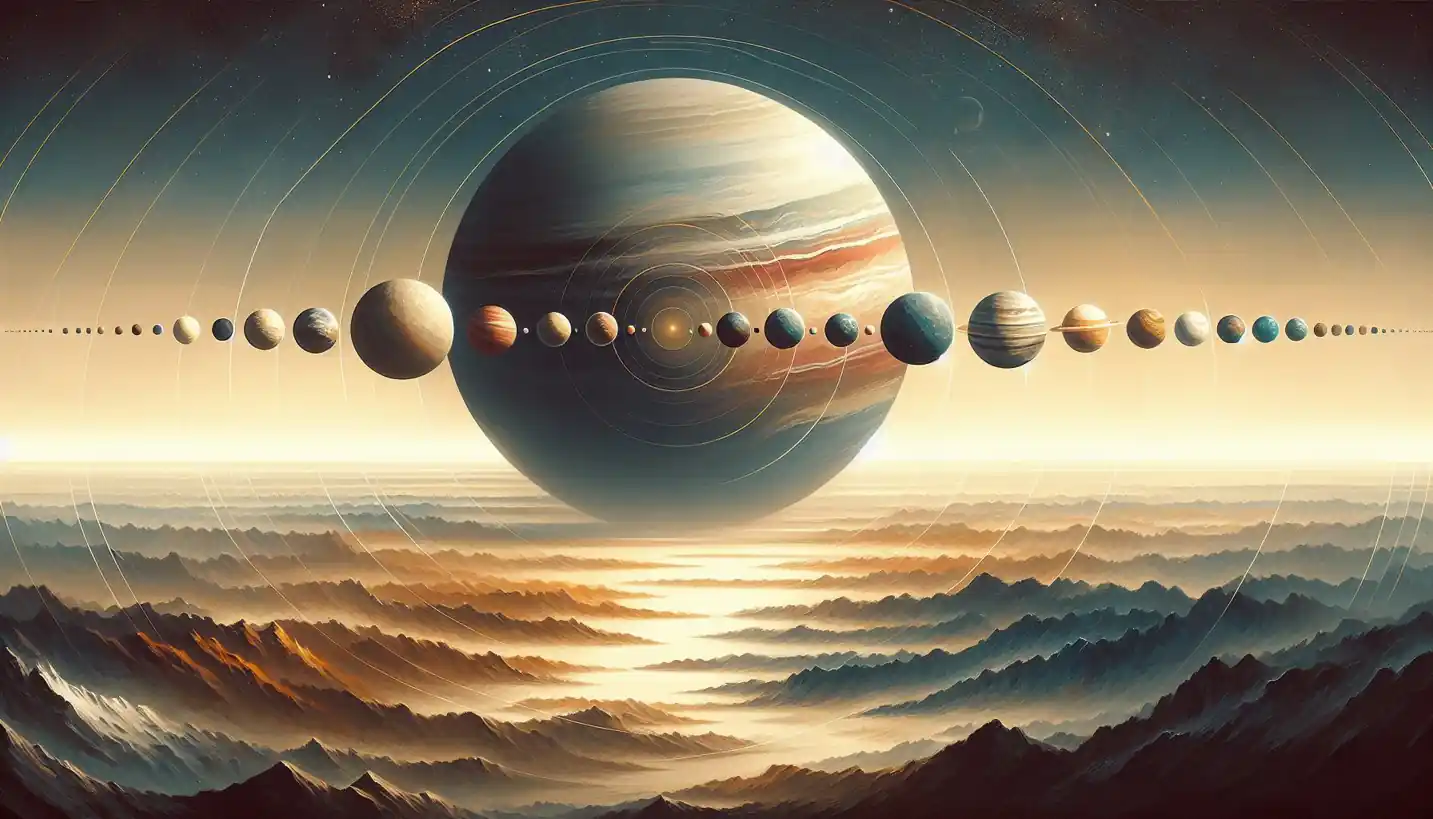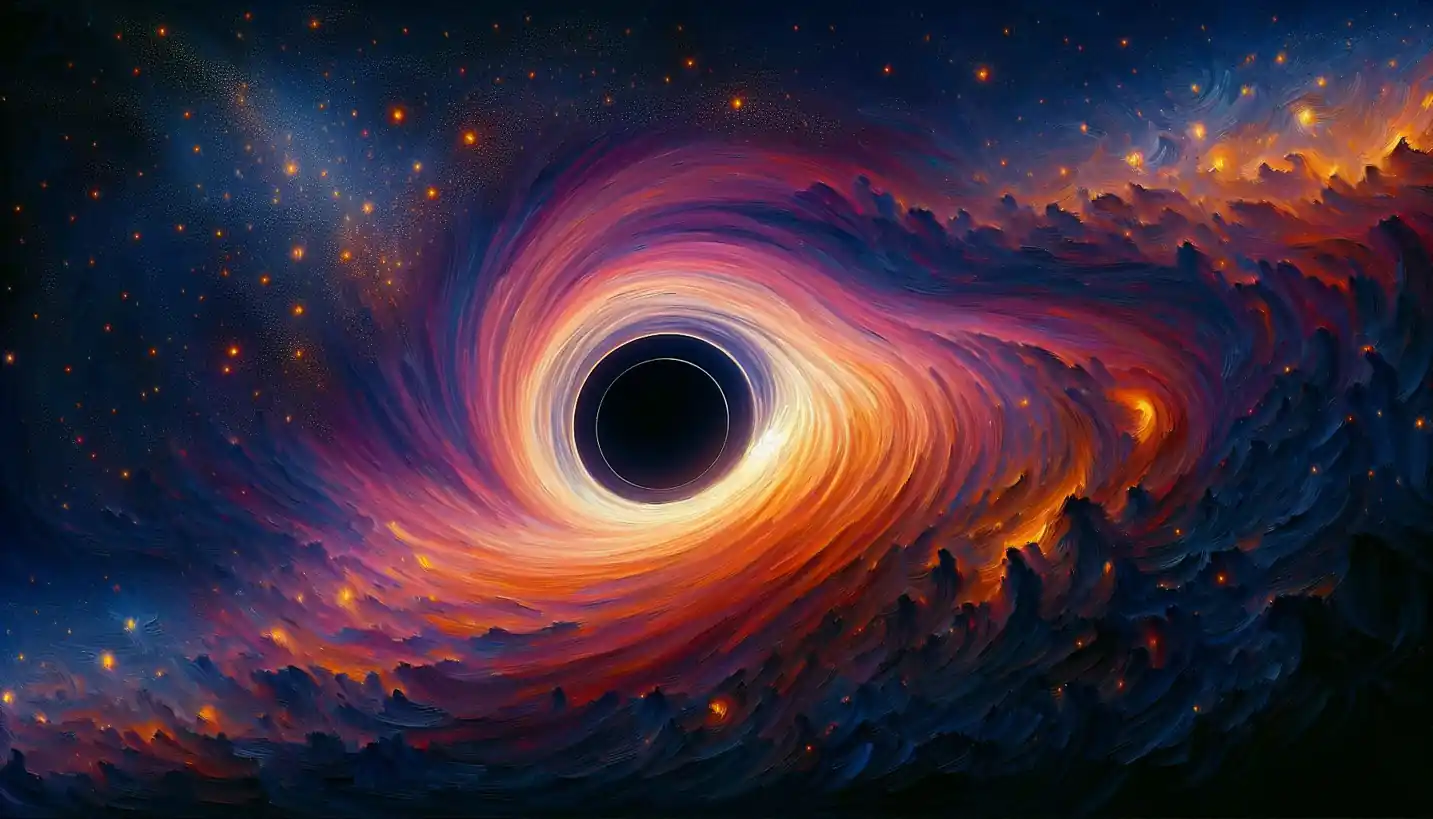· Astronomy · 4 min read
Cosmic Microwave Background: Nature's Faint Whisper from the Universe's Birth
The cosmic microwave background is the universe's faint whisper from its birth. Explore this ancient signal and what it reveals about the cosmos.

Far back in time, about 13.8 billion years ago, a cosmic ballet began. The universe was a hot, dense soup of particles and energy. But today, if you tune your radio equipment just right, you might catch a faint, ever-present hum. This is the Cosmic Microwave Background (CMB), a fascinating phenomenon that offers a snapshot of the infant universe, a relic from those primordial times.
A Glimpse Into Cosmic Infancy
Let’s dive into what the cosmic microwave background really means. Way back after the Big Bang, the universe was incredibly hot and dense. Imagine a pot of soup on the stove, bubbling with broth and vegetables—except this soup was made of protons, neutrons, and electrons swirling around in a hot plasma. Light photons couldn’t travel far without bumping into these charged particles, so the universe was opaque, like a foggy day.
Then, about 380,000 years later, something magical happened—the universe cooled down enough for protons and electrons to form neutral hydrogen atoms. This meant light could finally travel freely. This grand event is known as “recombination,” and it set the light photons on their journey across the universe, forming what we now observe as the CMB.
What Is the CMB?
The Cosmic Microwave Background is essentially the afterglow of the Big Bang. These microwaves are the oldest light we can observe, stretched out due to the universe’s expansion over billions of years. Think of it as a whisper echoing from the universe’s childhood, a very faint hum that permeates all of space.
Detecting the CMB
In 1965, two radio astronomers, Arno Penzias and Robert Wilson, stumbled upon this cosmic glow while trying to eliminate background noise from their microwave antenna. At first, they were puzzled, even blaming pigeon droppings for the strange hum. But soon, they realized they had found something profound—evidence of the Big Bang itself. It was like finding cosmic breadcrumbs leading back to the dawn of time.
Why Is CMB So Important?
You may wonder why scientists get so excited about what seems like a faint buzz in the universe. Well, the CMB carries significant clues about the birth and early moments of our universe. By studying tiny fluctuations in its temperature, astronomers can understand how cosmic structures like galaxies and clusters formed and evolved.
These fluctuations, known as anisotropies, are like cosmic fingerprints. They tell us about the density of matter and energy at different points, helping us piece together the universe’s story. Without the CMB, it would be like trying to understand a novel’s ending without reading its beginning.
Mapping the Universe
Thanks to the CMB, we’ve been able to create detailed maps of the early universe. Projects like the Wilkinson Microwave Anisotropy Probe (WMAP) and the Planck satellite have provided incredible images, showing variations in temperature and density. These maps are crucial because they help to confirm theories about the universe’s composition, including the mysterious dark matter and dark energy that dominate our cosmos.
What CMB Teaches Us About the Big Bang and Beyond
The study of the Cosmic Microwave Background has led to breakthroughs in theoretical astronomy. For instance, it supports the theory of inflation—a rapid expansion of the universe right after the Big Bang. This idea helps to explain why the universe appears so uniform in all directions.
Moreover, the CMB has been pivotal in refining our understanding of the universe’s age and the rate of its expansion. By analyzing CMB data, scientists can make precise calculations about cosmic history, providing insights into fundamental questions about time and space.
The Future of CMB Research
So, what’s next in the world of cosmic microwave background studies? Scientists are continuously developing more sensitive instruments to learn even more about the early universe. Future missions aim to reveal even finer details of the CMB’s fluctuations, offering a clearer picture of the universe’s first moments and helping to unlock the mysteries of cosmic inflation.
In recent years, there’s been a push to explore how the CMB might reveal new physics beyond our current understanding. Imagine discovering phenomena that could challenge existing theories of gravity or uncovering the true nature of dark energy. The possibilities are as vast as the universe itself.
Conclusion: The Everlasting Echo
The Cosmic Microwave Background is more than just a relic of a bygone era. It’s a crucial piece of the puzzle that helps us understand our universe’s origins, evolution, and future. Through its faint whisper, we glimpse the magnificent unfolding of cosmic history—a story written in the stars.
So, the next time you gaze at the night sky, remember that the universe is not only stretching into the vastness of space but also whispering tales of its ancient past. The CMB stands as a testament to the enduring and wondrous journey of scientific discovery, connecting us to the universe in unimaginably profound ways.



